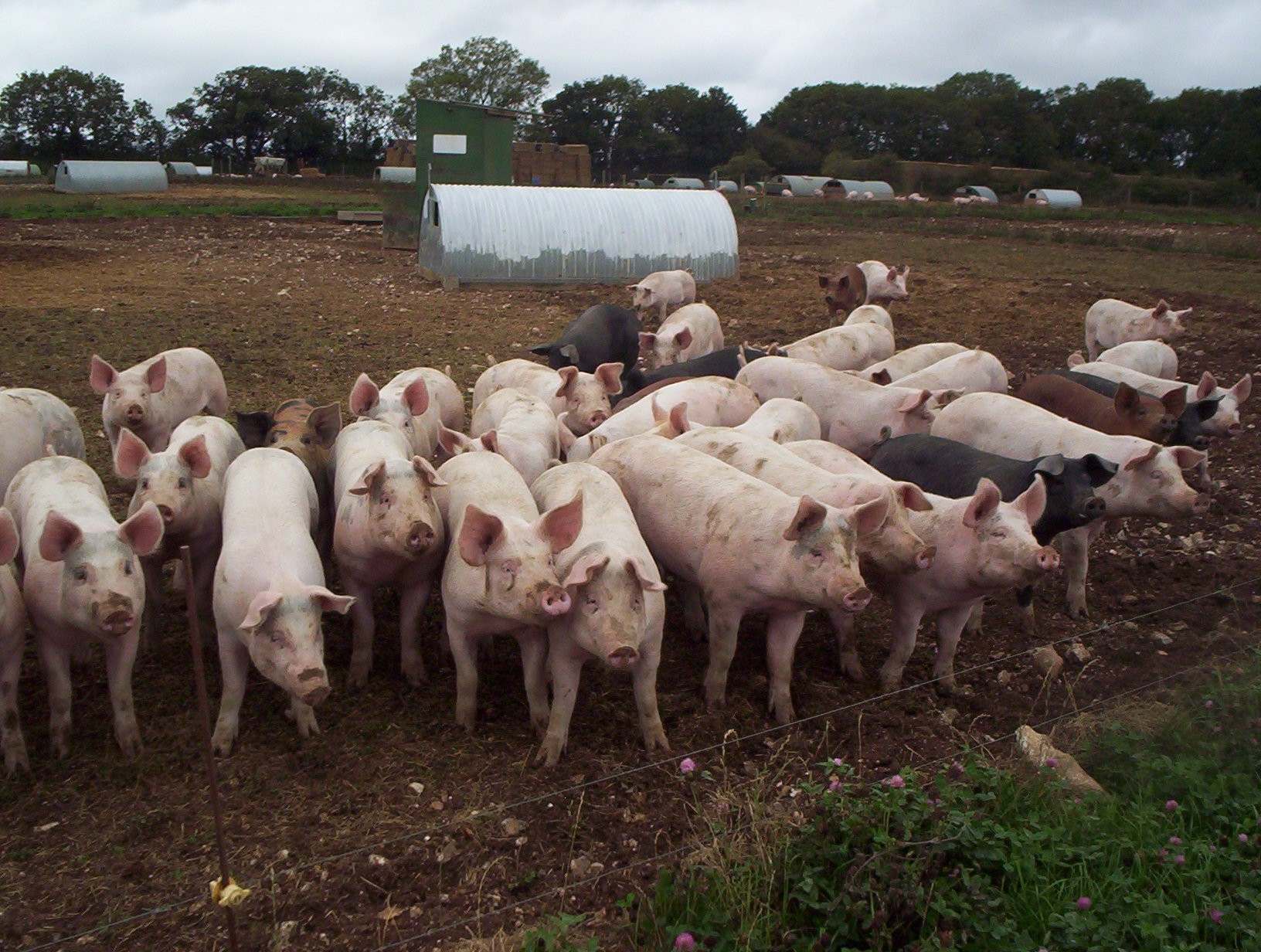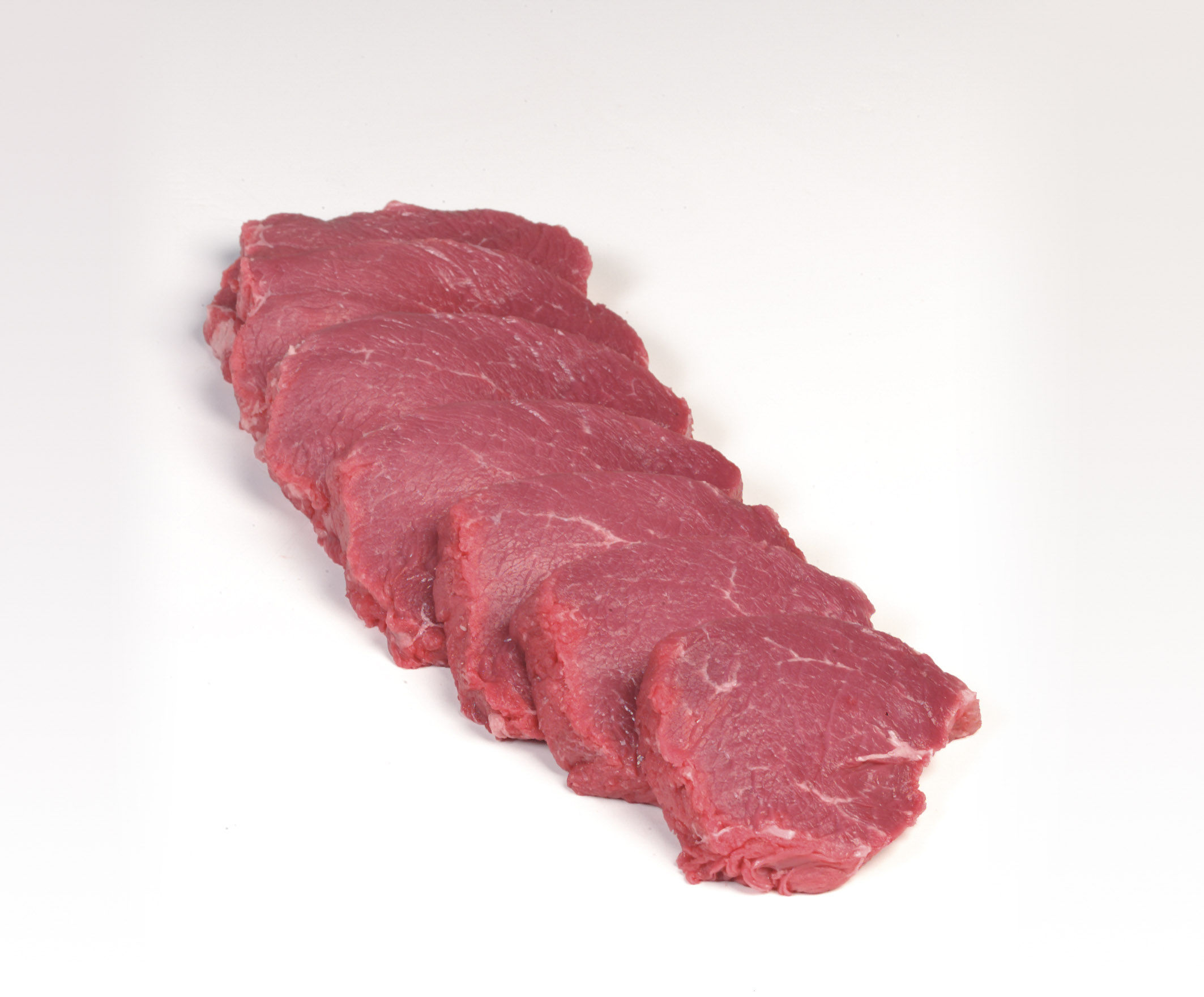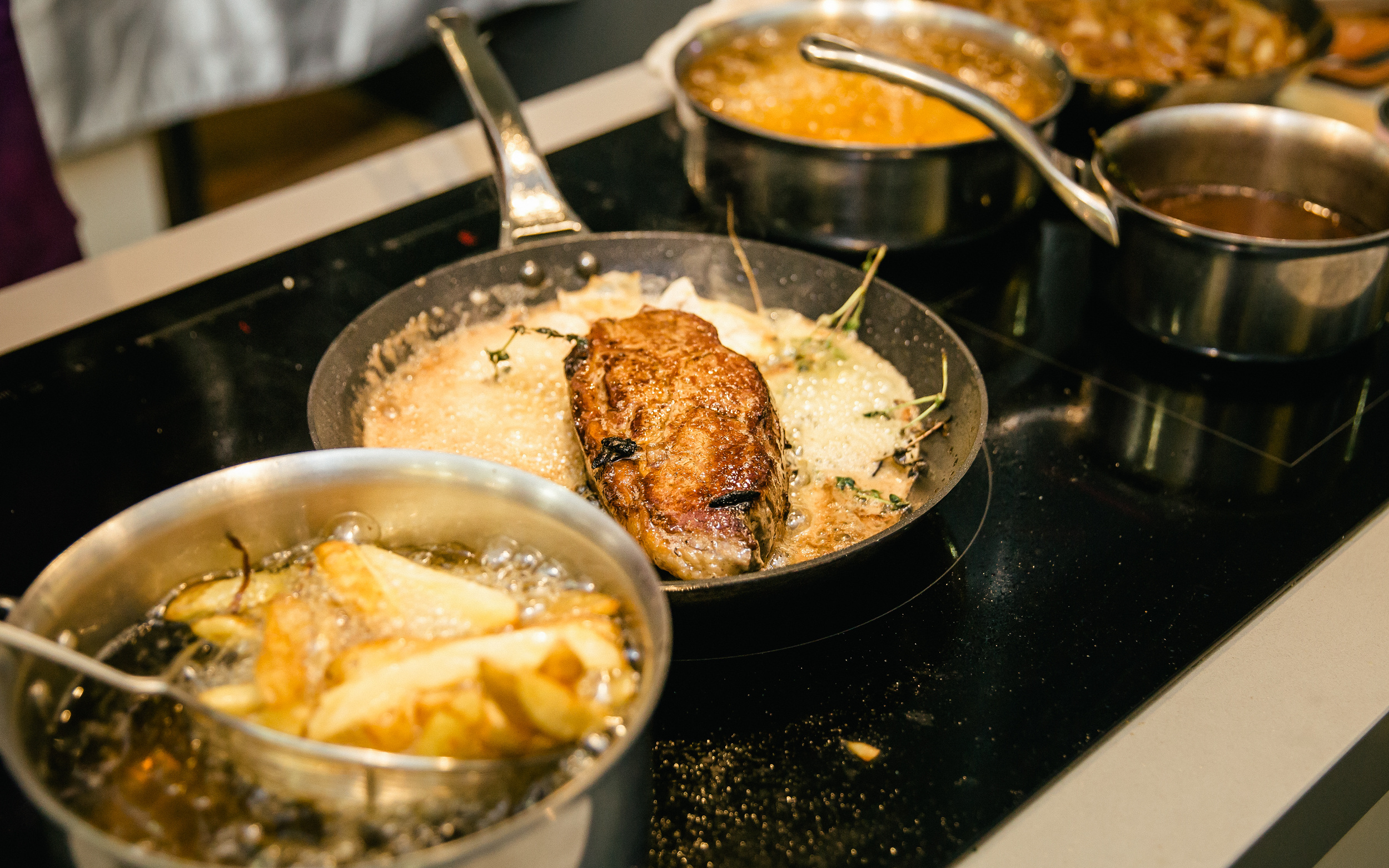A new project to reduce the environmental impact of ammonia emissions from livestock has been awarded £600K funding from Defra/UKRI. PigProGrAm will bring together farming and engineering expertise to demonstrate a novel farm-focused solution for the harvesting of green ammonia from pig waste.
The research project will be delivered via a consortium of partners including the Agriculture and Horticulture Development Board (AHDB), Beta Technology, Duynie, Projex Solutions, the University of Leeds and a commercial pig unit in North Yorkshire. Together they offer expertise in livestock farming, sustainable animal feed, chemical engineering, and smart agricultural systems. The progress and results from the project, which launched in October, will be communicated via digital and physical events over the next 18 months.
Jen Waters, Head of Knowledge Exchange for Pork at AHDB said: “We hope that the PigProGrAm project is the first stage of a larger demonstration of the potential of this innovative approach to harvesting green ammonia from livestock and will help the UK meet its net-zero emission target. It could also have a significant impact on the public perception of pig farming as it represents an opportunity to reposition pork production from being part of society’s environmental problems to being part of its solution.
“Investigating the potential to harvest green fuel from livestock slurry is one of several projects AHDB is working on to help mitigate ammonia emissions from pig farming. It is a major opportunity for all classes of livestock production, not just pigs but dairy, beef and poultry as well.”
Agriculture is a major source of ammonia emissions which can impact negatively on biodiversity through nitrogen accumulation on land and acidification of watercourses. This innovation will help to create a more sustainable livestock industry in the UK, reducing the environmental impacts of production by lowering ammonia emissions, whilst at the same time creating an additional resource that can be used to generate hydrogen, a valuable tool in the fight against climate change. The generation of green ammonia and conversion to hydrogen from agricultural waste streams delivers valuable products used to decarbonise power and transportation.
The PigProGrAm, (Developing a Circular Economy for UK Pig Production Through Green Ammonia Harvesting), project has received £600K of funding under the government’s Farming Innovation Pathway collaboration between Defra and UKRI. This funding is delivered through the ISCF Transforming Food Production programme, in partnership with the Department for Environment, Food and Rural Affairs (Defra) and the Farming Innovation Programme.
Additional information about the new program can be found at UK Research and Innovation as well as the UK government website.
To find out more about AHDB visit www.meattheUKexporters.com



